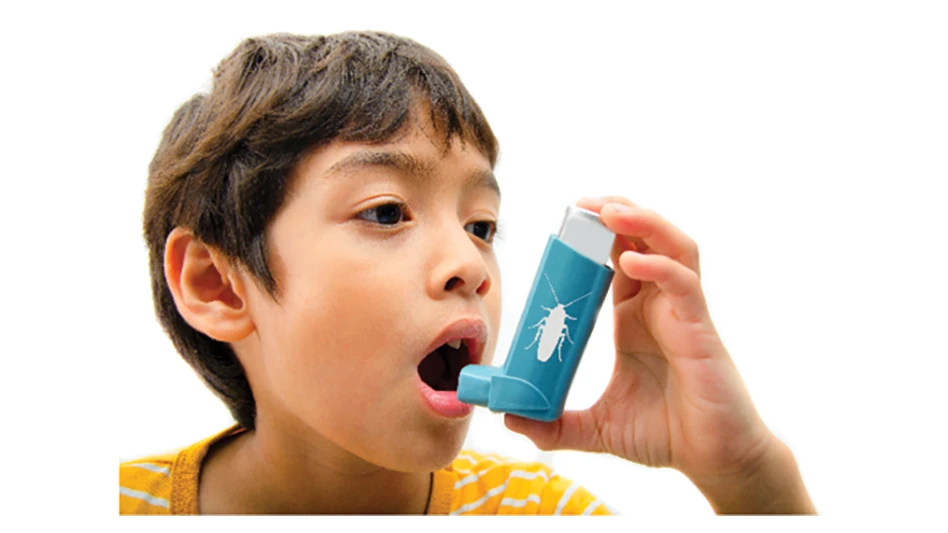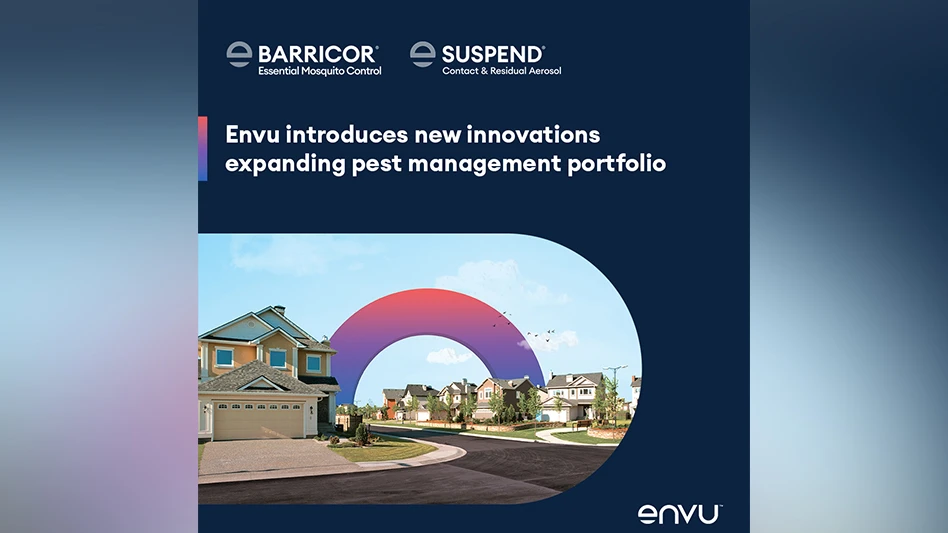 Regardless if it’s a consumer or professional product, the basic components of an aerosol can are essentially the same. “It’s the material inside the can, that is the difference,” consulting entomologist Jeff Tucker says. An aerosol can is made up of several key components. A brief description of each follows:
Regardless if it’s a consumer or professional product, the basic components of an aerosol can are essentially the same. “It’s the material inside the can, that is the difference,” consulting entomologist Jeff Tucker says. An aerosol can is made up of several key components. A brief description of each follows:
The Head Space: When the can is filled, there is space left at the top to allow for some of the propellant to remain a gas.
The Gaseous Propellant: The same chemical propellant which is in liquid form mixed with the product, but at the top the propellant remains in gaseous form, which maintains a constant pressure inside the can (until you press the button).
The Product: The liquid part is a combination of propellant, product and inert ingredients. The product – also known as the “active ingredient” you see on the label – is dissolved in the liquid form of the propellant, using a combination of inert ingredients which are used to suspend the product in the liquid propellant. Once sealed inside the can, the product is completely sterile, safe from evaporation or contamination.
The Curved Base: It’s not just for looks. The unusual concave bottom of the can helps to counteract the high pressure inside the can, and also conveniently ensures that the dip tube you see pictured can reach every last drop of the product.
(Source: www.AboutAerosols.com)

Explore the November 2010 Issue
Check out more from this issue and find your next story to read.
Latest from Pest Control Technology
- How to Get Rid of Odorous House Ants
- Massey Services Promotes Herndon to Director of Sales for Multi-Family Division
- NPMA Announces First Recipients of NPMA PRO Certified Credential
- Pestmaster of the Hudson Valley Acquires Catskill Animal Damage Control
- Photo Slideshow: Ant Identification Tips
- Video: Top 10 PCT Photo Contest Finalists
- UF/IFAS Study Reveals Boats as Perfect Vessels for Global Termite Spread
- Pest Control Consultants (Iowa) Earns Pinnacle Performance Award







